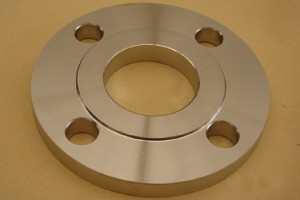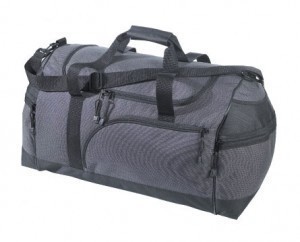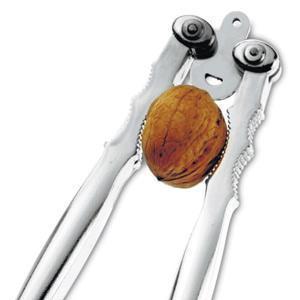ANSI Raised Face Flange Dimensions
ANSI raised face flange dimensions depends on the type. With Pressure Classes 300 and 150 lbs, the raised face height is about 1.6 mm (1/16 inch). In other Pressure Classes like 2500, 1500, 900, 600 and 400 lbs, the raised face is about 6.4 mm (1/4 inch).
What is a Flange?
A flange is a technique used for linking pipes, pumps, valves and other tools to create piping system. They also make it easier to modify, inspect and clean the system. The object is either screwed or welded. The flanged joints are constructed by bolting a couple of flanges with a gasket in-between.
Materials
Many of these objects are built out of ductile iron and cast. But the most widely used is forged carbon steel. Other materials used are plastic, bronze, brass, aluminum, cast iron, stainless steel and carbon steel.
Aside from the different ANSI raised face flange dimensions, special fittings are sometimes added. Special purpose flanges are often layered with different kinds of materials. The materials are chosen based on the pipe. Pipes and flanges are usually made of the same substance.
Kinds of Flanges
The most widely used in the industry are Blind, Threaded, Lap Joint and Socket Weld flanges. Also used are Welding Neck and the slip on flanges. All of them have a raised face except for Lap Joint. There is also a category for special flanges. They include the Reducing, Expander, Nipoflange and Long Welding Neck Flanges. There are also Long Welding Neck Flanges, Spades and Ring Spacers. Special flanges include Spectacle Blinds and Orifice Flanges.
Other Information
Flange connections have many benefits. A line can have several pipe spools and may be created in a workshop. These spools can also be put together with the need for welding. There is no need for painting or blasting.
Some of the disadvantages are the following: these connections can leak for one. It is very difficult to make a flange that is 100 percent leak proof. ANSI raised face flange dimensions also need a lot of space. The insulation of these pipes is also costly.
These devices can deal with assorted pressures at varying temperatures. The pressure rating goes down as the temperature goes up. For instance, Class 150 flange has a rating of 270 PSIG in ambient conditions. At 800 F it is 75 PSIG and at 600 F it is 150 PSIG. Pressure ratings are affected by the material used for the flange.





